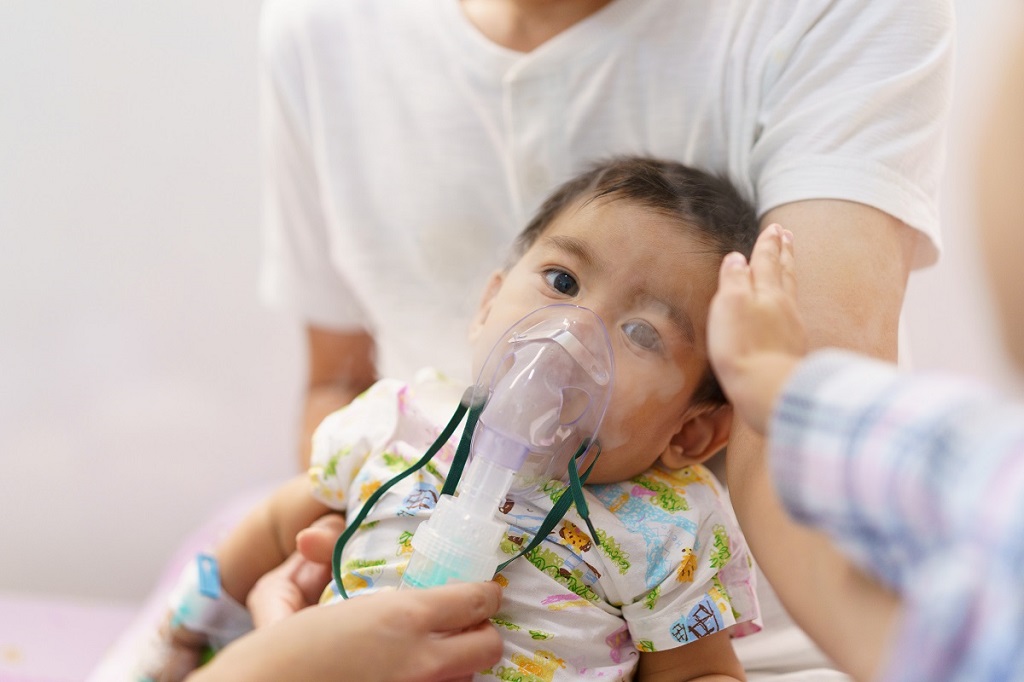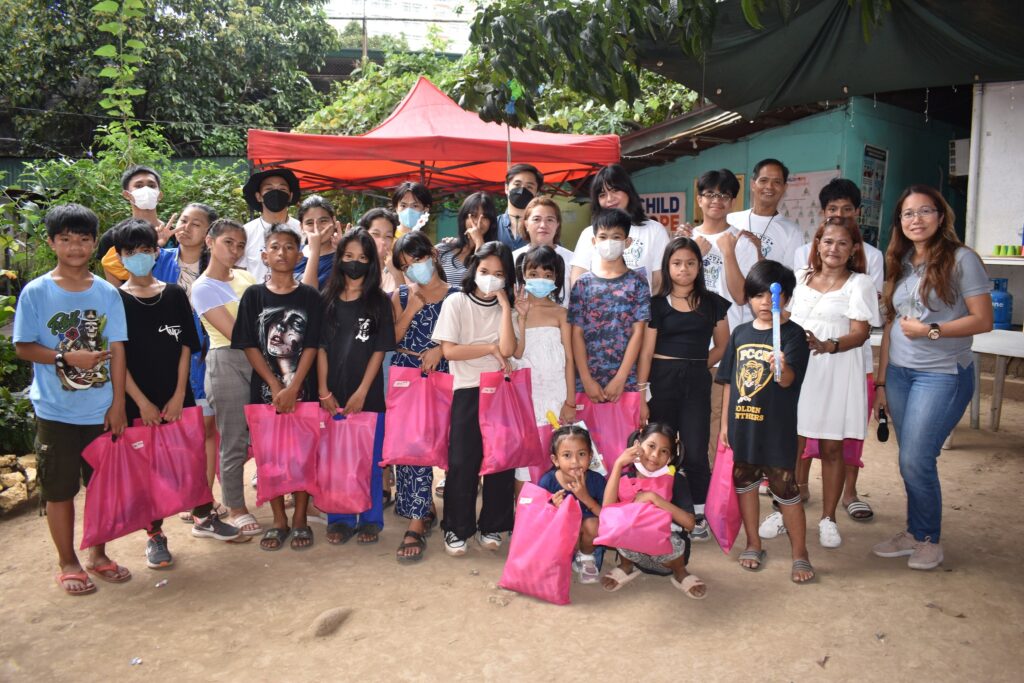“Health is wealth.” As the saying goes, this may sound a bit cliché, but it is true. Anything can be achieved with good health. A healthy lifestyle is essential since it allows us to enjoy life and earn a living. Sadly, not everyone has the luxury of remaining healthy—at least not while trying to make ends meet. Thus, we at Childhope Philippines have made it our mission to address these community health problems.
Overview of Health Situation in the Philippines
The increased public investment in healthcare is one factor of economic growth in the Philippines, which helped Filipinos to live longer and have healthier lives. Nevertheless, our country’s health sector is still developing.
Although doctors and nurses in public hospitals are skilled, public healthcare in the Philippines has some limitations. Despite achieving universal healthcare, the country continues to face unequal access to medical treatment. As a result, the quality of public healthcare in the Philippines ranges from outstanding in metropolitan regions to bad in rural areas.
The growing number of Filipinos who rely on public healthcare is also putting a pressure on it. There is also a trend of Filipino medical personnel emigrating to Western countries, resulting in understaffing in some hospitals and treatment delays.
As a result, many Filipinos, particularly children, are undernourished. Even with significant progress in improving people’s lives and health in the Philippines, accomplishments have not been universal, and challenges remain. Deep disparities remain between areas, rich and poor, and various population groups.

Common Health Problems in the Community
Public health challenges are those that affect the general health of our global population. Contrary to health care, public health is concerned with the health of entire populations rather than individual individuals.
Even before COVID-19 struck, marginalized and rural communities were already struggling with health problems, like:
1. Nutrition and Degenerative Diseases
Research shows that physical inactivity increases the chances of acquiring diseases like heart disease, diabetes, and tuberculosis. Cardiovascular diseases, such as heart failure or heart attacks, as well as cancer, are the two leading causes of death in the Philippines. 17% of all deaths of Filipinos die every year due to some cardiovascular-related death.
Obesity is also a growing global public health problem. Several countries throughout the world have seen a two- or threefold rise in the number of obesity cases over the previous three decades; most likely because of urbanization, unhealthy lifestyles, and increased intake of high-calorie processed foods. The worrisome rise in childhood obesity signals a major burden of chronic disease prevention in future public health care systems worldwide. Physical activity is also linked to depression and mood swings.
2. Mental Health
People’s relationships with their children, spouses, relatives, acquaintances, and coworkers are all affected by poor mental health. This leads to problems such as social issues involving communication and interactions with others. This can be risky for children and teenagers, whose development depends on establishing and strengthening ties with family members and peers. Social isolation in adulthood can lead to family collapse, divorce, or even child neglect.
3. Substance Abuse
Over a quarter of a billion people worldwide “take drugs,” and over 35 million “suffer” from drug use disorders. In the Philippines alone, 1.7 million Filipinos are reportedly using drugs. As with other countries, the Philippine drug problem is connected with a wide range of factors, including poverty, inequality, limited access to health care, and systemic governance problems.
4. Tobacco Abuse
According to a Philippine Statistics Authority (PSA) poll, most Filipinos smoke cigarettes, both manufactured and hand-rolled. 47 percent of men and 9 percent of women smoke cigarettes. Male daily smokers use 11 cigarettes per day on average, while female daily smokers consume 7 cigarettes per day.
5. HIV/AIDS
HIV/AIDS infection in the Philippines is low, but continues to spread. The country has one of the lowest infection rates in the world, but it also has one of the fastest-growing numbers of cases. There were 1,054 confirmed HIV-positive individuals reported to the HIV/AIDS & ART Registry of the Philippines (HARP) in February 2022, accounting for 96,266 documented cases since January 1984.

Effects of Community Health Problems
Political, social, and economic inequities are the core causes of poor health for millions around the world. Poverty is both a cause and a result of bad health, thereby raising the likelihood of bad health. Poor health, in turn, traps communities in poverty. Every year, infectious and neglected tropical diseases kill and weaken millions of the poorest and most vulnerable individuals.
Since these health problems are very evident in most communities and the Philippines, poor Filipinos still lack access to basic healthcare. Poverty has prevented millions of Filipinos from receiving necessary healthcare services, many of whom can’t afford to go to the hospital and receive therapy.
The advent of the COVID-19 pandemic has also highlighted the need to invest in global health systems. However, many other public health concerns remain, and it is critical to have a clear understanding of which public health threats should be tracked and targeted by the government. The pandemic’s influence on mental health is projected to be more prominent in the coming years. Fear, anxiety, and despair are on the rise, according to global health authorities. It is critical to promote and build a better healthcare system.
Childhope Philippines in Action to Solve Community Health Problems
The pandemic has resulted in the economic and health disaster that we are experiencing today. Thankfully, charitable organizations and individuals are ready to help those in need. The majority of these organizations includes non-profit organizations (NGOs). Several NGOs in the Philippines that advocate for health frequently have their own clinics, hospitals, and health care centers. Others collaborate with the government on health service planning and training.
Childhope is one of the prominent NGOs in the Philippines that focus on the needs of children. We advocate for the welfare of children, particularly those who do not have a safe place to live. We know the importance of protecting their individual rights. This is why we run several health initiatives to help them enhance their quality of life.
Health and Medical Services
KliniKalye (mobile health clinic), one of our programs, provides primary preventive medical care, consultations, and treatments. Our mobile health clinic ensures the children’s health and ability to thrive. KliniKalye delivers medical care to hundreds of street children in Metro Manila’s poorest districts every week in our efforts to mitigate this community health problem.
KliniKalye collects health information from patients and provides one-on-one consultations. Health volunteers focus on sickness prevention while also educating patients on basic hygiene and proper diet.
Psychosocial Interventions
Childhope also offers psychological support and counseling to address the community health problem involving mental health. Under this, we assist children and their parents in dealing with stress and learning difficulties. This initiative also donates to shelters to help neglected and abandoned children. We assist with meeting children’s basic needs, such as food and shelter.
Moreover, we advocate for mental health education. We believe that open discussions and lectures regarding mental health promote acceptance and help others understand individuals who are suffering from mental illnesses. This awareness also encourages people to seek professional help if necessary and fosters a sense of community.
Kalyenderia Mobile Soup Kitchen
Another excellent initiative of Childhope Philippines is the Kalyenderia Mobile Soup Kitchen. This program aims to reduce malnutrition and school dropout among the street children in the Metro. Since its launch in 2021, the mobile soup kitchen has expanded its operations to cover 15 areas in Metro Manila, primarily serving street children.
Other Programs to Address Community Problems
Alongside these three primary health program initiatives, we also have the KalyEskwela program, which is a movement aimed at providing quality education to street children. Education needs to be an accessible right to all. Thus, our program strives to provide basic education to street children in order to give them a brighter future.
Finally, the Skills Development program is another project of our organization. Here, we teach kids computer literacy, arts, sports, and leadership to help them develop their natural talents. This allows students to explore areas in which they thrive.

Support Childhope Philippines’s Cause to Address Community Health Problems
Our projects and efforts have been made possible in large part by the generosity of our donors and partners, who have helped us keep our programs running while also advocating for children’s health.
Support us in our goal to give hope to the youth. You can join our team by volunteering for one of our programs or by making a donation. What are you waiting for? Be one of our sponsors, and let’s change the world one step at a time.
